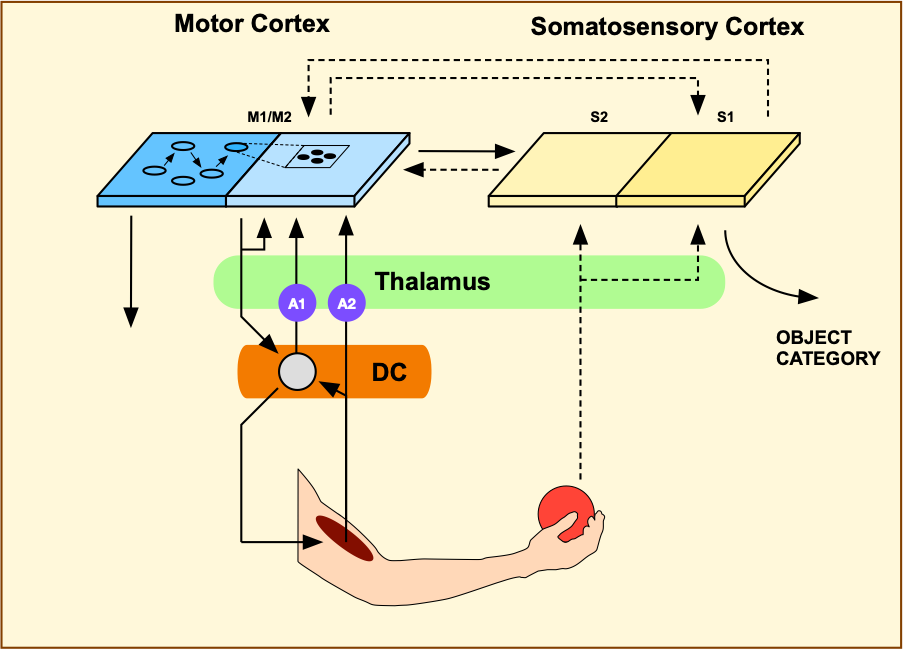Featured Content
System-Level Cognitive Modeling with Ikaros
The goal of the Ikaros project is to develop an open infrastructure for system-level cognitive modelling. This includes system-level models of the brain, but also cognitive models that are not directly motivated by brain function. The article describes the background for the project and the
details of the Ikaros system.
What's New
Ikaros version 3 is here
September 25, 2024
Ikaros 3 is now ready. It includes a number of new features that completely changes how the system can be used. Some of the main changes are:
(1) A completely new real-time kernel rewritten in modern C++
(2) Microsecond resolution
(3) Maximum run-time of over 200 years
(4) An interactive editor for models and interfaces
(5) )The new BrainStudio makes it possible to interactively build and test complex brain models
(6) New scheduler allows for both persistent and asynchronous modules
(7) New powerful matrix library.
Ikaros 3 is built to support the control of the Epi robot and the development of the 
A System-Level Brain Model for Enactive Haptic Perception in a Humanoid Robot
September 22, 2023
Ingvarsdóttir et al. presented a new model of haptic processing using the robot Epi at ICANN 2023. They describe howperception is not a passive process but the result of an interaction between an organism and the environment. This is especially clear in haptic perception that depends entirely on tactile exploration of an object. We investigate this idea in a system-level brain model of somatosensory and motor cortex and show how it can use signals from a humanoid robot to categorize different object. The model suggests a number of critical properties that the sensorimotor system must have to support this form of enactive perception. Furthermore, we show that motor feedback during controlled movements is sufficient for haptic object categorization.
Ingvarsdóttir, K. Ó., Johansson, B., Tjøstheim, T. A., & Balkenius, C. (2023, September). A System-Level Brain Model for Enactive Haptic Perception in a Humanoid Robot. In International Conference on Artificial Neural Networks (pp. 432-443). Cham: Springer Nature Switzerland.

The Missing Link Between Memory and Reinforcement Learning
December 10, 2020
In a new publication, Balkenius, Tjøstheim, Johansson, Wallin and Gädenfors extend their earlier model of memory processing with a decision making mechanism. They describe how this memory mechanism can support decision making when the alternatives cannot be evaluated based on immediate sensory information alone. Instead we first imagine, and then evaluate a possible future that will result from choosing one of the alternatives. The model accumulates evidence over time, whether that information comes from the sequential attention to different sensory properties or from internal simulation of the consequences of making a particular choice. The authors show how the new model explains both simple immediate choices, choices that depend on multiple sensory factors and complicated selections between alternatives that require forward looking simulations based on episodic and semantic memory structures. In this framework, vicarious trial and error is explained as an internal simulation that accumulates evidence for a particular choice. It is argued that a system like this forms the “missing link” between more traditional ideas of semantic and episodic memory, and the associative nature of reinforcement learning.
Balkenius, C., Tjøstheim, T. A., Johansson, B., Wallin, A., & Gärdenfors, P. (2020). The Missing Link Between Memory and Reinforcement Learning. Frontiers in Psychology, 11, 3446.

Logged Starts (v1, v2)
19200
Logged Starts (v3)